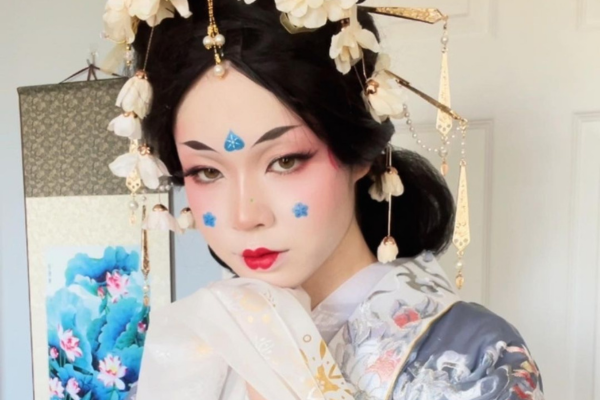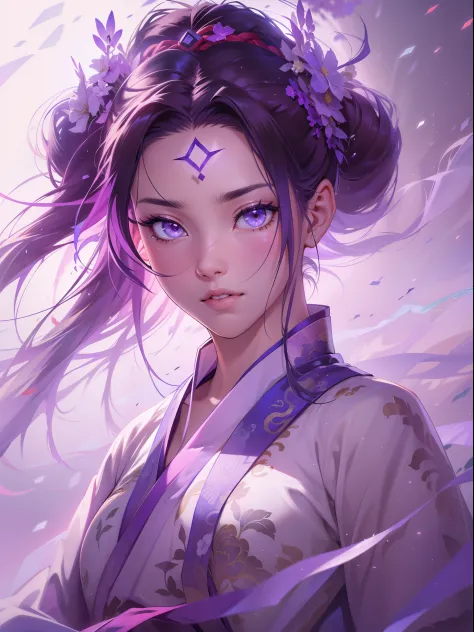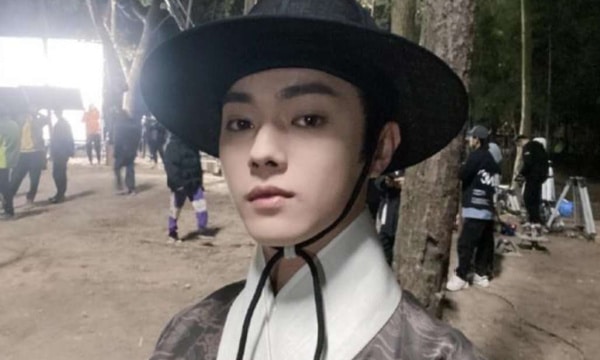The Hanfu Movement: A Cultural Renaissance
The Hanfu movement has emerged as a vibrant cultural phenomenon, revitalizing traditional Chinese attire in the modern world. It is more than just a fashion trend; it represents a deep-seated desire to reconnect with the past and embrace the elegance of ancient Chinese civilization. The movement has gained momentum, with enthusiasts donning Hanfu garments as a means of cultural expression and identity. This resurgence is not merely a nostalgic throwback but a testament to the timeless appeal and aesthetic value of Hanfu.

Understanding Hanfu: A Historical Perspective
Hanfu, the traditional clothing of the Han Chinese, dates back to the Yellow River Valley civilization over 3,000 years ago. It is characterized by its flowing silhouette, intricate patterns, and the use of the qipao, a form of traditional Chinese sash. The Hanfu movement seeks to preserve and promote this rich heritage, ensuring that the cultural significance of these garments is not lost to time. As a cultural artifact, Hanfu is a canvas that paints a picture of China’s storied past and its profound influence on East Asian fashion.

Modern Adaptation of Hanfu
In the contemporary era, the Hanfu movement has adapted to modern sensibilities while maintaining its traditional essence. Designers and wearers alike are finding innovative ways to incorporate Hanfu into everyday life, making it a versatile fashion choice for various occasions. This modern adaptation is a reflection of the flexibility and enduring charm of Hanfu, proving that it can be both a symbol of cultural pride and a practical garment for the contemporary world.

The Social Impact of the Hanfu Movement
The Hanfu movement has had a profound social impact, fostering a sense of community among its followers and sparking conversations about cultural identity and heritage. It has become a platform for cultural exchange, with people from diverse backgrounds coming together to appreciate and learn about Chinese history and traditions. This collective appreciation is not just limited to the Chinese diaspora but has also piqued the interest of international fashion enthusiasts and historians.

Challenges and Opportunities
Despite its growing popularity, the Hanfu movement faces challenges such as mass commercialization and the potential for cultural misappropriation. However, these challenges also present opportunities for education and dialogue, ensuring that the movement remains authentic and respectful of its roots. By addressing these issues head-on, the Hanfu community can continue to grow and evolve, preserving the integrity of its cultural significance.
Conclusion: The Timeless Appeal of Hanfu
The Hanfu movement is a powerful testament to the enduring allure of traditional Chinese fashion. It is a movement that transcends time, connecting the past with the present in a harmonious blend of history and modernity. As we continue to witness the revival of this ancient elegance in the fabric of contemporary society, it is clear that the Hanfu movement is more than just a passing trend—it is a cultural renaissance that resonates with a global audience.






